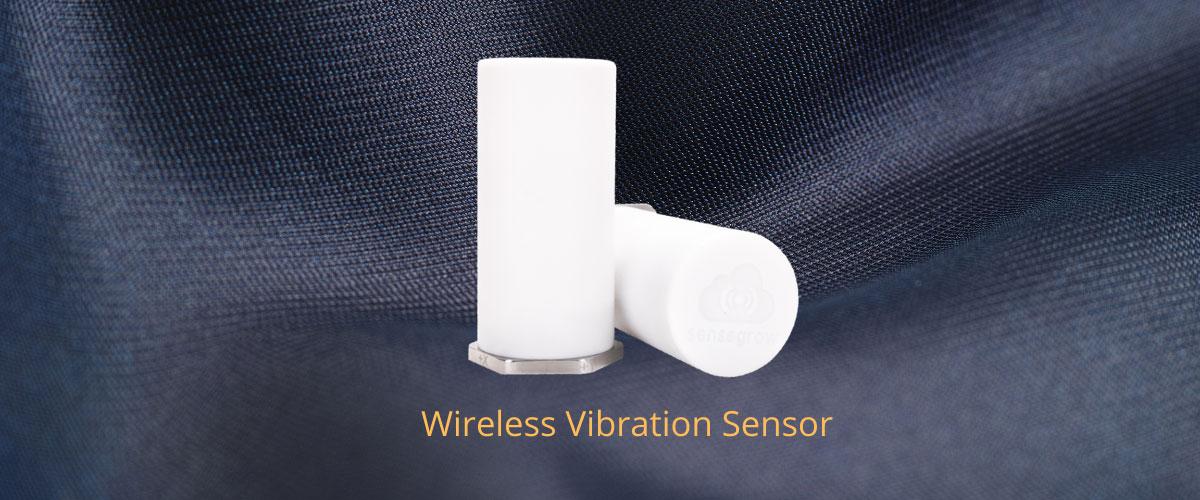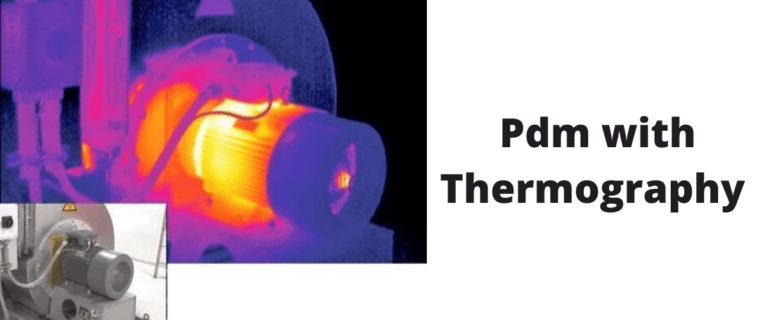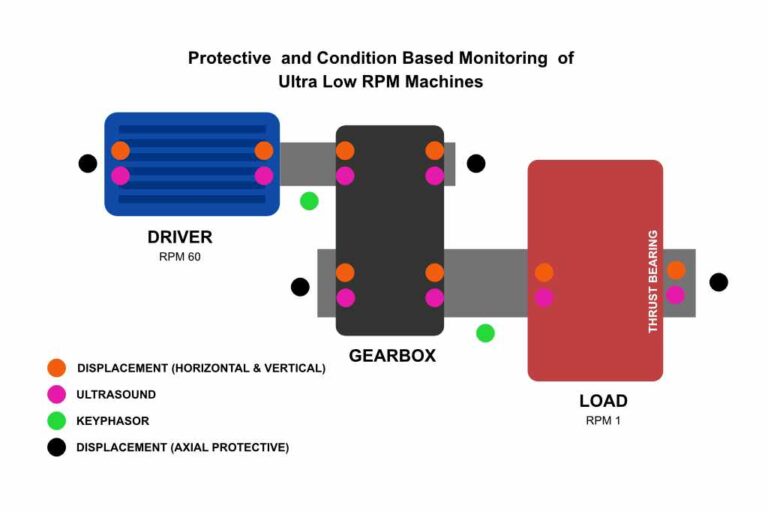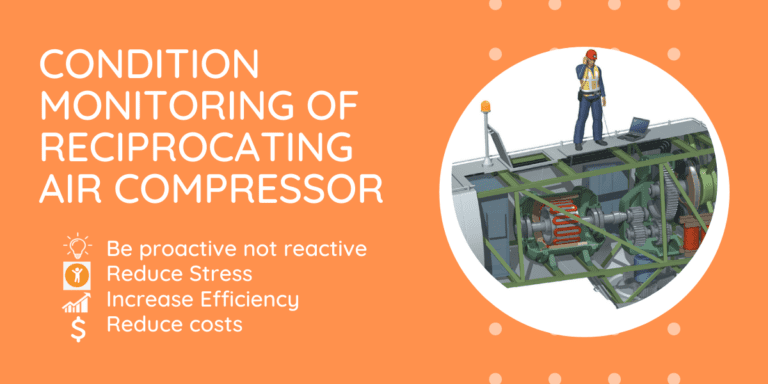Are you looking for vibration sensors for your rotating machines? Know how to evaluate and select the right sensor for your predictive maintenance.
Measuring and analyzing vibration has got many applications across industries in today’s times.
In this article, you are going to know detailed information about vibration sensors. You will be knowing here all the topics, beginning from the vibration sensor definition, types, and working principles to their price.
And if you are a maintenance person, or belong to any manufacturing industry, then you will also know another or better way to watch out for vibrations of your machines for creating their repair plan.
So take a read having that said.
What is a Vibration Sensor?
As the name itself suggests, vibration sensors are devices that are created to sense or measure the vibration levels.
The device measuring vibration or the vibration sensor more accurately is referred to as Accelerometer.
What is an Accelerometer?
Accelerometers are electromechanical devices that measure “acceleration”.
The accelerometers capture acceleration that can be either static or dynamic.
Static acceleration is the one that is caused or experienced due to the earth’s gravitational pull. Measuring changes in static acceleration gives an idea of the orientation of an object i.e. the degree of angle at which an object is tilted with respect to earth.
And dynamic acceleration is the acceleration due to the movement of an object. Vibration is nothing but to and fro movement of an object around the mean position, which is a dynamic type of acceleration.
The dynamic acceleration or vibration captured by accelerometers is measured or viewed either in the form of acceleration, velocity, or displacement.
What’s the working principle of accelerometers?
The basic idea behind accelerometers is to measure the change in the acceleration exerted on a body(on which the accelerometer/sensor is installed) and convert it into electrical signals to view them.
The accelerometers are of three types based on the type of material inside them:
1. Piezoelectric Accelerometers
2. Piezoresistance Accelerometers
3. Piezocapacitive Accelerometers
The word piezo means “pressure”.
The piezoelectric materials are the type of material that changes pressure applied on them into the proportional electric charges or current.
Out of the three, the piezoelectric type of accelerometers is used to measure the vibration-levels of a surface.
What are the applications of Vibration Sensors?
These sensors are used in industries to measure the vibration levels of their machines. The vibrations measured are then analyzed for detecting faults and failures inside the machines.
The whole process comes under the subject area called Vibration Analysis.
What’s the price of vibration sensors available in the market?
Coming to price, a single axial vibration sensor comes on an average cost of Rs 20,000.
Conclusion
This was the brief on Vibration Sensors and their types.
If you are looking for a vibration sensor to measure vibration levels for your machines, then we at SenseGrow offer a Single Device Packaged Mith Multiple Sensors that can measure parameters like Temperature, Ultrasound, and Magnetic Flux apart from just Vibration!
And what’s more, it is wireless and it’s powered by ML/AI algorithms to detect early faults and give you alerts for better maintenance planning.





